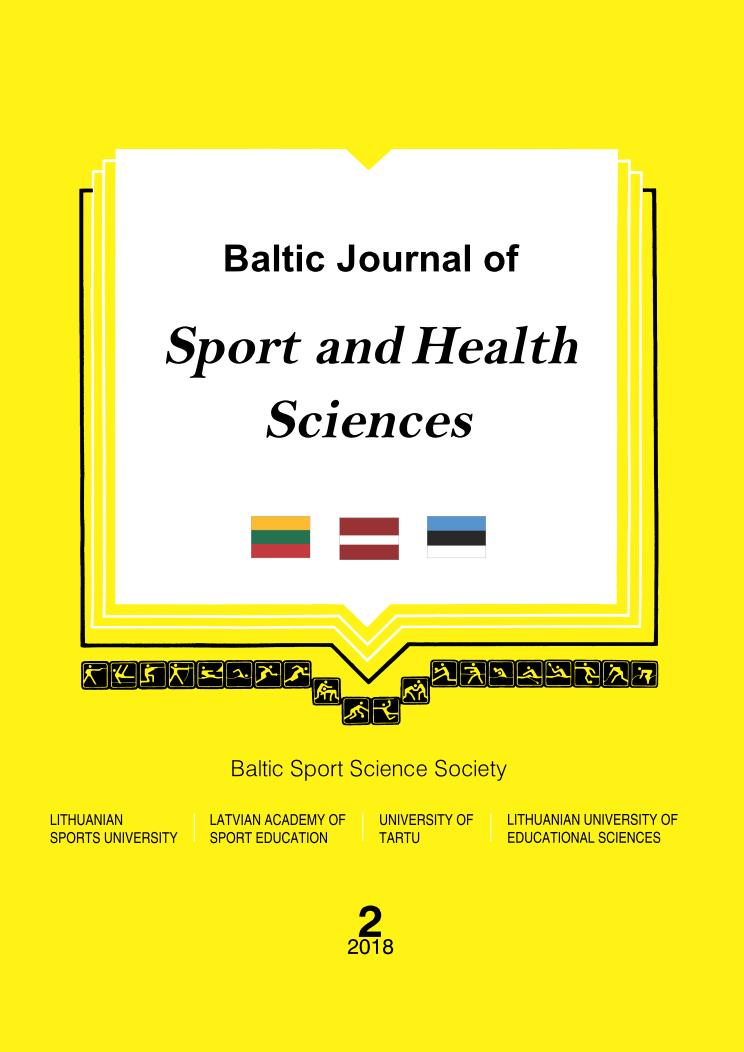Transthoracic Echocardiography and Dependence of Electrocardiographic Indicators on Physical Activity Type in Lithuanian Athletes
Abstract
Background. Since athletes have a higher risk to experience cardiovascular system complications, this gives us an important reason for further investigation. Early detection of pathological hypertrophy of the left ventricle may exclude athletes from sports activities and prevent complications and possible death. Methods. In our study, 75 patients underwent transthoracic echocardiography (TTE). The values of left ventricle were measured: left ventricle end-diastolic diameter (LVEDD), interventricular septum thickness in diastole (IVSTd), LV posterior wall thickness in diastole (LVPWTd), LV mass (LVM), LV mass index (LVMI), LV end-diastolic diameter index (LVEDDI). Standard 12-lead ECG was recorded at 25 mm/s and with standard calibration of 10 mm/ mV from a patient in a supine position. Results. When we compared results of LVH according to ECG and TTE, ECG showed higher count of athletes with marginal changes and less LVH compared to TTE in female endurance and male athletes. Moreover, moderate positive correlation between LV mass and R wave size (V5) (r = .617) was found in female endurance athletes. Furthermore, high positive correlation between LVEDD and QRS interval length (r = .911) was found in female strength athletes. Also, moderate negative correlation (r = –.603) between heart electrical axis and R wave size (V5) was found in male endurance athletes. Conclusions. Knowledge of the ECG changes associated with the type and intensity of exercise, race, age and gender can lower the traditionally high number of false positives, thus reducing unnecessary investigations. In our study, ECG showed higher count of athletes with marginal changes and less LVH compared to TTE in women endurance, men strength and endurance groups.
Keywords: heart ventricles, electrocardiography, hypertrophy.






